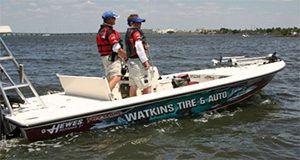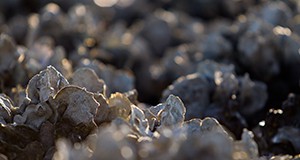Oysters are one of the most important natural resources found in coastal and estuarine areas of Florida, but some Florida oyster populations appear to be declining. One possible driver of oyster population decline is increased mortality from oyster predators, including marine snails. But other environmental factors, such as changes in temperature or salinity, may also affect oysters. This 5-page fact sheet written by Gabrielle Love, Shirley Baker, and Edward V. Camp and published by the UF/IFAS School of Forest Resources and Conservation, Program in Fisheries and Aquatic Sciences describes how a changing climate may affect oysters directly but also indirectly by affecting their predators.
https://edis.ifas.ufl.edu/fa228
Tag: Edward V. Camp
Florida Fishing Guide Requirements Checklist

Guides and captains maintaining vessels used for recreational fishing are an important part of coastal economies, but regulations affecting them can be complicated and may differ depending on several factors, including targeted species, number of customers, vessel size, etc. These regulations are often described in multiple locations, since for-hire guides operate at the intersection of multiple state and federal jurisdictions. This 3-page fact sheet written by Elizabeth A. Staugler, Ralph Allen, and Edward V. Camp and published by the UF/IFAS School of Forest Resources and Conservation, Program in Fisheries and Aquatic Sciences summarizes the relevant regulations and requirements.
https://edis.ifas.ufl.edu/fa218
Fish Population Recruitment: What Recruitment Means and Why It Matters

Recruitment, the process by which small fish transition to older, larger life stages, is probably the most important process that regulates populations of fish, but it is complicated to understand. This 6-page fact sheet written by Edward V. Camp, Robert N. M. Ahrens, Angela B. Collins, and Kai Lorenzen and published by the UF/IFAS Program in Fisheries and Aquatic Sciences, School of Forest Resources and Conservation explains the recruitment process in fish populations and why recruitment is so important to fisheries science and management.
https://edis.ifas.ufl.edu/fa222
